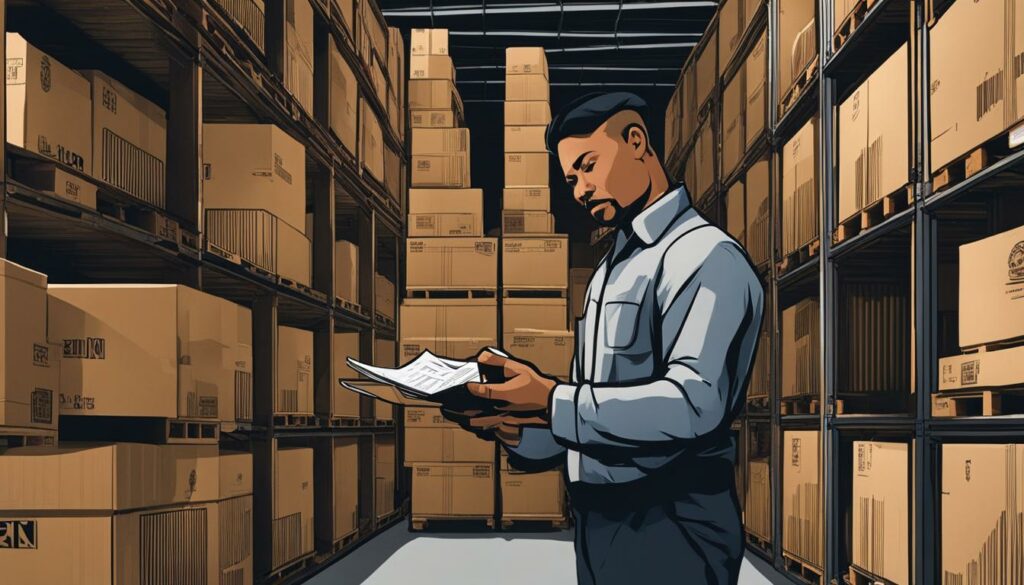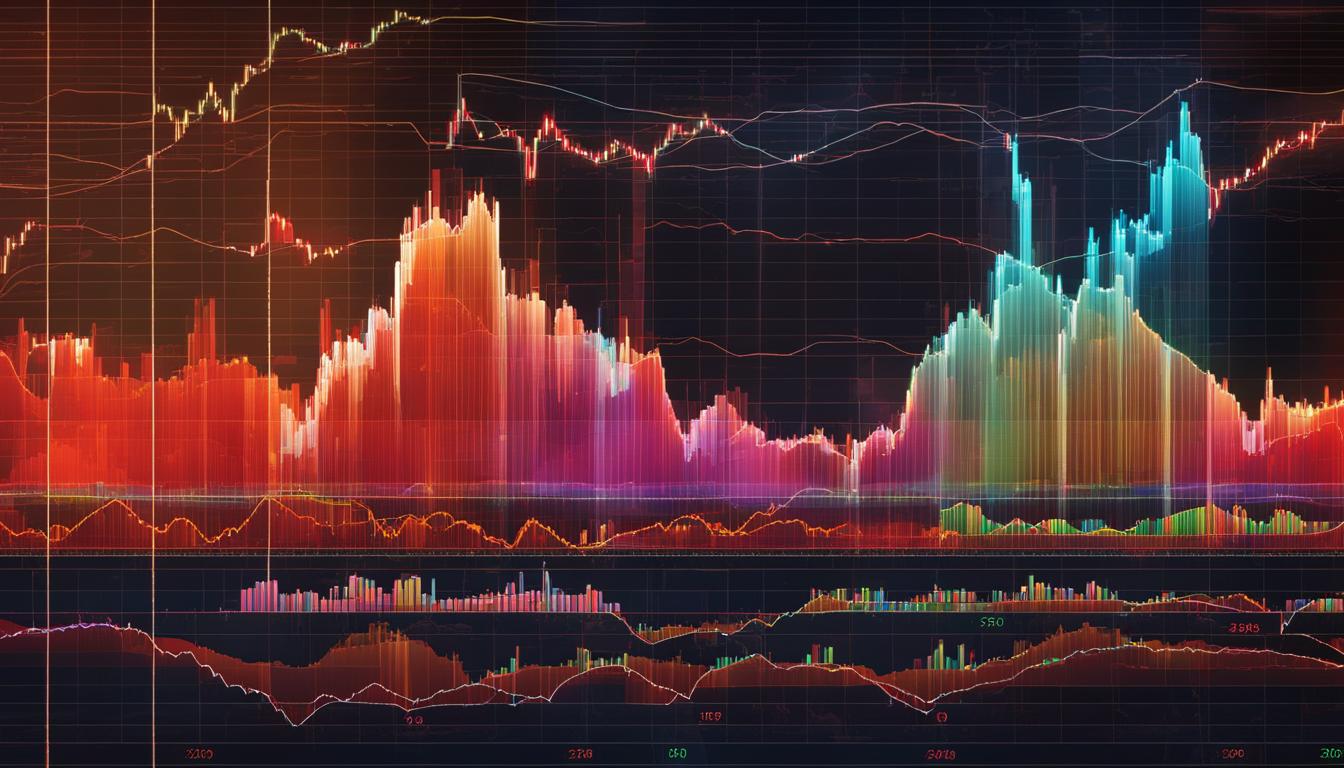I Want To Get It: Physical Delivery In Options Explained

Physical delivery in options refers to the method of settling options contracts through the actual delivery of the underlying asset on the contract’s expiration date. This process is coordinated and settled through a clearing broker or clearing agent.
There are two main methods of settlement for options and futures contracts: cash settlement and physical delivery. While cash settlement is more common and convenient, physical delivery is commonly used for equity options contracts. It is important to understand the mechanism and risks associated with physical delivery in options trading.
Understanding Physical Delivery in Futures and Options
Physical delivery in futures and options involves the actual delivery of the underlying asset(s) on the settlement date of the contract. This means that the contract holder who has chosen a short position is responsible for delivering the commodity, while those who have opted for a long position receive physical delivery of the commodity. Unlike cash settlement, which does not involve the physical transfer of assets, physical delivery in futures and options requires the physical exchange of the underlying asset(s).
Physical delivery settlement is commonly used for equity options contracts, providing traders with the opportunity to exchange the actual underlying assets and obtain direct ownership. This can be advantageous for market participants who want to have direct exposure to a specific asset or need to fulfill their hedging requirements. By allowing for the transfer of assets, physical delivery options play a pivotal role in maintaining liquidity and market efficiency by establishing a direct link between the options market and the underlying assets.
Understanding Physical Delivery in Futures and Options
According to industry experts, physical delivery options are an essential component of certain types of trading, particularly in equity options contracts. This settlement method enables market participants to acquire the underlying asset, thereby ensuring a direct ownership stake. Traders who prefer physical delivery expect to receive the actual assets rather than settle in cash. This method provides them with the opportunity to hold and trade the underlying assets directly, offering greater flexibility and strategic opportunities.
However, it is crucial for traders to comprehend the intricacies and risks associated with physical delivery in futures and options contracts. Delivery failure is one such risk, where the party responsible for delivering the underlying asset fails to do so. This can result in disruptions and financial losses. Additionally, physical delivery options entail additional costs, such as delivery and transportation expenses, as well as brokerage fees. Traders must ensure they have adequate funds or stocks in their accounts to meet the requirements for physical delivery.
| Key Points | Summary |
|---|---|
| Physical delivery in futures and options | Actual delivery of the underlying asset(s) on the settlement date |
| Short position | Responsible for delivering the commodity |
| Long position | Receive physical delivery of the commodity |
| Physical delivery in equity options contracts | Allows for exchange of actual underlying assets and direct ownership |
| Risks associated with physical delivery options | Delivery failure, additional costs, and account requirements |
It is essential for traders to thoroughly understand and manage the obligations and risks involved in physical delivery in options and futures trading. Developing a comprehensive knowledge of the settlement process, importance, and risks associated with physical delivery is crucial for successful trading and ensuring smooth settlement without any potential disruptions.

Process of Physical Delivery in Options Contracts
Physical delivery in options contracts involves a specific process that ensures the coordination and settlement of the physical delivery of the underlying asset(s) on the contract’s expiration date. This process is facilitated through a clearing broker or clearing agent, who acts as an intermediary between the buyer and the seller.
If a contract holder has a short position, they are responsible for physically delivering the commodity to the buyer. This means that they need to arrange for the transportation and transfer of the specified assets to the designated location. On the other hand, if a contract holder has a long position, they will receive physical delivery of the commodity, with the clearing broker or agent facilitating the transfer of ownership.
To ensure smooth settlement, it is important for both parties to adhere to specific procedures and timelines. This includes providing all necessary documentation, such as transfer of ownership forms, and ensuring that the physical delivery is completed within the agreed-upon timeframe. Any delays or failures in the physical delivery process can result in disruptions and financial losses for both parties involved.
Table: Physical Delivery Process in Options Contracts
| Step | Description |
|---|---|
| 1 | Contract holder with a short position arranges for the physical delivery of the underlying asset(s). |
| 2 | Contract holder with a long position receives physical delivery of the underlying asset(s). |
| 3 | The clearing broker or clearing agent facilitates the transfer of ownership and ensures compliance with procedures and timelines. |
By understanding the process of physical delivery in options contracts, market participants can effectively navigate the settlement process and fulfill their obligations. It is essential to work closely with the clearing broker or agent and communicate any issues or concerns promptly to ensure a smooth and efficient physical delivery process.

Importance of Physical Delivery Options
Physical delivery options play a crucial role in certain types of trading, particularly in equity options contracts. By allowing market participants to exchange the actual underlying assets, physical delivery options provide direct ownership and fulfillment of specific trading or hedging needs. This is especially beneficial for traders who seek direct exposure to a particular asset or want to meet their hedging requirements accurately.
One of the key advantages of physical delivery options is the ability to acquire ownership of the underlying asset. This can be particularly appealing when investors have a strong belief in the value or potential growth of the asset. By physically receiving the asset, they can participate in its performance and potentially benefit from any future appreciation or income it generates.
Additionally, physical delivery options help maintain liquidity and market efficiency by establishing a direct link between the options market and the underlying assets. This connection facilitates the smooth flow of trading and ensures that market prices accurately reflect the value of the assets being traded. It also enhances price discovery and reduces the likelihood of market distortion or manipulation.

Overall, physical delivery options provide traders with a valuable tool for achieving their investment objectives and managing their risk exposure. By enabling direct ownership and maintaining market efficiency, these options contribute to the overall stability and effectiveness of the financial markets.
Risks Associated with Physical Delivery Option Contracts
Physical delivery option contracts come with their fair share of risks. It is crucial for traders to understand and manage these risks effectively to ensure successful options trading. Here, we discuss some of the key risks associated with physical delivery option contracts.
Risk of Delivery Failure
One significant risk is the potential for delivery failure. This occurs when the party responsible for delivering the underlying asset fails to do so on the contract’s expiration date. Delivery failure can lead to disruptions in the trading process and result in financial losses for the parties involved. Traders must carefully monitor and assess the counterparty’s ability to fulfill their delivery obligations to mitigate the risk of delivery failure.
Additional Costs
Physical delivery options also come with additional costs that traders need to consider. These costs include delivery costs, transportation costs, and brokerage fees. It is important to factor in these expenses when evaluating the profitability of engaging in physical delivery option contracts. Traders should carefully assess and compare these costs to determine the most cost-effective approach for their trading strategies.
Account Requirements
Traders engaging in physical delivery option contracts must ensure they have sufficient funds or stocks in their account to meet the requirements for physical delivery. Failure to meet these requirements can result in penalties or difficulties in fulfilling the delivery obligations. It is essential to closely monitor account balances and ensure they align with the necessary obligations for physical delivery.
| Risks | Description |
|---|---|
| Risk of Delivery Failure | The potential for the party responsible for delivering the underlying asset to fail in doing so on the contract’s expiration date, leading to disruptions and financial losses. |
| Additional Costs | Includes delivery costs, transportation costs, and brokerage fees associated with physical delivery option contracts, which traders need to consider in their evaluations. |
| Account Requirements | Traders must ensure they have sufficient funds or stocks in their account to meet the obligations for physical delivery, avoiding penalties or difficulties in fulfilling the delivery requirements. |
By understanding and proactively managing these risks, traders can navigate the complexities of physical delivery option contracts with confidence and enhance their chances of success in options trading.

Physical Settlement in Futures Contracts
In addition to options contracts, physical settlement is also applicable to futures contracts. This method of settlement involves the actual delivery of the underlying asset on the contract’s expiration date. Traders who opt for a short position in a futures contract are responsible for delivering the physical commodity, while those who choose a long position receive the physical delivery. The process and requirements for physical settlement in futures contracts are similar to those in options contracts.
Physical delivery in futures contracts serves a similar purpose as in options contracts, providing traders with the opportunity to exchange the actual underlying asset and obtain direct ownership. This can be advantageous for traders who seek direct exposure to a specific asset or need to fulfill their hedging requirements. By facilitating a direct link between the futures market and the underlying assets, physical settlement helps maintain liquidity and market efficiency.
It is important for traders to ensure they have the necessary funds or stocks in their account to meet the obligations for physical delivery in futures contracts. This involves understanding the specific procedures and timelines required for smooth settlement. Proper management of physical delivery obligations is crucial for successful futures trading.

Comparison between Physical Settlement in Options and Futures Contracts
| Aspect | Physical Settlement in Options | Physical Settlement in Futures |
|---|---|---|
| Underlying Asset | Equity and other assets | Various commodities |
| Delivery Responsibility | Short position holders | Short position holders |
| Delivery Received By | Long position holders | Long position holders |
| Process | Coordinated through a clearing broker or clearing agent | Coordinated through a clearing broker or clearing agent |
Note: The table above provides a brief comparison of physical settlement in options and futures contracts. It outlines the key aspects, including the underlying asset, delivery responsibility, delivery receiver, and the process of coordination.
Conclusion
Physical delivery in options trading provides traders with the opportunity to exchange the actual underlying asset, offering direct ownership and fulfilling specific trading or hedging needs. While it is a less common method compared to cash settlement, physical delivery is commonly used for equity options contracts. Traders need to be aware of the process, importance, and risks associated with physical delivery in options and futures contracts, to ensure smooth settlement and mitigate any potential disruptions.
Understanding the mechanism of settlement in physical delivery is crucial for successful options trading. Traders must adhere to specific procedures and timelines to ensure the smooth coordination and settlement of physical delivery. Additionally, it is important to be aware of the risks associated with physical delivery option contracts, such as delivery failure and additional costs. By having a comprehensive understanding of these obligations and risks, traders can make informed decisions and manage their positions effectively.
In conclusion, physical delivery options trading plays a vital role in certain types of trading, particularly equity options contracts. It offers traders the opportunity for direct exposure to underlying assets and helps maintain liquidity and market efficiency. However, it is essential for traders to fully comprehend the process, importance, and risks associated with physical delivery. By doing so, they can navigate the complexities of options trading and achieve successful outcomes.
Source Links
- https://zerodha.com/z-connect/queries/stock-and-fo-queries/physical-delivery-of-stock-fo-their-risks
- https://corporatefinanceinstitute.com/resources/commodities/commodities-cash-settlement-vs-physical-delivery/
- https://www.icicidirect.com/futures-and-options/articles/physical-delivery-of-futures-and-options-stock-contracts






